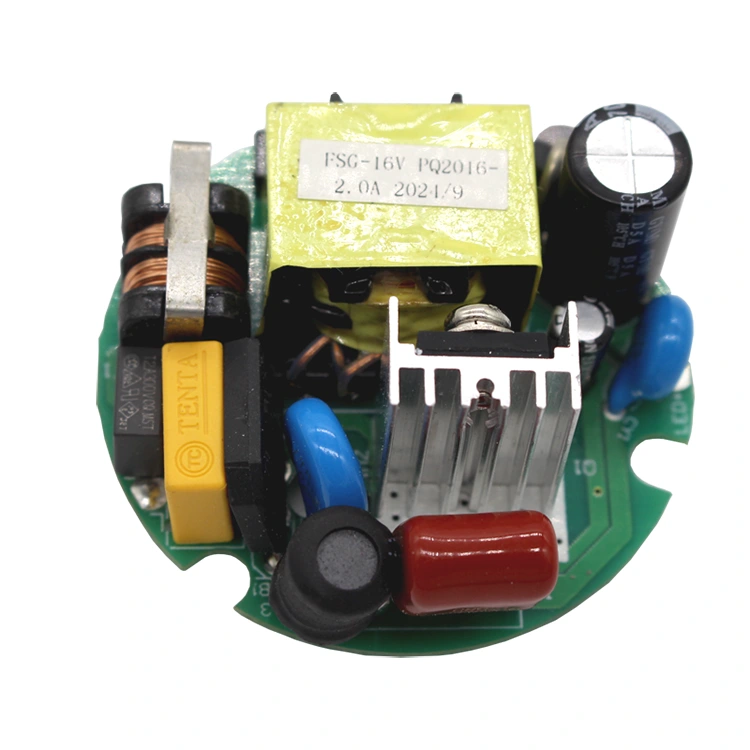What Types of Dimming Methods Are Supported?
2025-01-04
As LED lighting becomes increasingly prevalent in homes, businesses, and industrial spaces, the ability to control brightness has become a key feature. Dimming not only enhances the ambiance but also improves energy efficiency and extends the lifespan of lighting systems. To achieve this, various dimming methods have been developed, each suited to specific needs and applications.

1. TRIAC Dimming
Triode for Alternating Current (TRIAC) dimming is one of the most common methods used in residential and commercial settings. This technique works by controlling the amount of voltage delivered to the light source by "chopping" the AC waveform.
- Advantages:
- Compatible with traditional wall dimmer switches.
- Cost-effective and widely available.
- Applications:
- Ideal for retrofitting LED lights into older lighting systems.
- Commonly used in residential lighting.
- Limitations:
- Can cause flickering or buzzing if not paired with a compatible LED driver.
2. 0-10V Dimming
In 0-10V dimming, a separate low-voltage signal wire is used to control the brightness of the LED fixture. A voltage of 0V corresponds to the lowest brightness (or off), while 10V provides maximum brightness.
- Advantages:
- Offers smooth and precise dimming control.
- Reliable for large-scale commercial or industrial applications.
- Applications:
- Frequently used in offices, schools, and warehouses.
- Suitable for integrating into building automation systems.
- Limitations:
- Requires additional wiring for the control signal.
3. Pulse-Width Modulation (PWM) Dimming
PWM dimming works by rapidly switching the LED on and off at a high frequency. The perceived brightness changes based on the ratio of the on-time to the off-time, known as the duty cycle.
- Advantages:
- Ensures flicker-free performance.
- Can achieve a wide dimming range, including very low brightness levels.
- Applications:
- Commonly used in precision applications like photography, videography, or medical lighting.
- Limitations:
- Requires advanced drivers capable of high-frequency switching.
4. DALI (Digital Addressable Lighting Interface) Dimming
DALI dimming is a digital protocol that enables two-way communication between lighting fixtures and controllers. This method allows for centralized and flexible control of individual lights or groups of lights.
- Advantages:
- Highly customizable and programmable.
- Ideal for large-scale and complex lighting systems.
- Applications:
- Frequently used in smart buildings and advanced architectural lighting.
- Supports integration with other building management systems.
- Limitations:
- Higher initial cost due to the need for specialized components.
5. Bluetooth and Wi-Fi Dimming
With the rise of smart lighting, Bluetooth and Wi-Fi dimming methods have gained popularity. These systems use wireless communication to control brightness via smartphones, tablets, or voice assistants.
- Advantages:
- No need for additional wiring.
- Enables remote and automated control.
- Applications:
- Perfect for smart homes and tech-savvy environments.
- Limitations:
- Dependent on stable wireless connectivity.
6. ELV (Electronic Low Voltage) Dimming
ELV dimming is designed for modern electronic transformers and drivers. It operates by cutting the trailing edge of the AC waveform, making it more compatible with sensitive LED circuits.
- Advantages:
- Quieter operation with less flickering compared to TRIAC dimming.
- Efficient for LED lighting systems.
- Applications:
- High-end residential and commercial lighting.
- Limitations:
- Typically more expensive than TRIAC systems.
Understanding the different dimming methods available is essential for selecting the right lighting solution for your space. Each method—from TRIAC and 0-10V to advanced DALI and wireless dimming—offers unique benefits tailored to specific applications and user needs. By choosing the appropriate dimming method, you can enhance lighting performance, create the desired ambiance, and optimize energy efficiency.
Shenzhen Fushuo Photoelectric Technology Co., Ltd. is a specialized Constant Current Led Driver, Constant Voltage Led Driver, and Constant Current Led Power Supply company that integrates research and development, production, and sales. We are proud to be awarded as a high-tech enterprise that is professional and standardized. Check out our website at https://www.fusodriver.com/ for more information about our products. If you have any questions, feel free to contact us at kylin@fusodriver.com.






